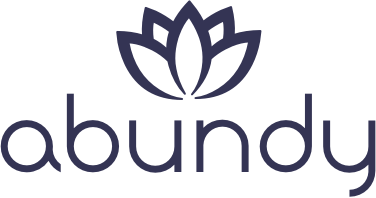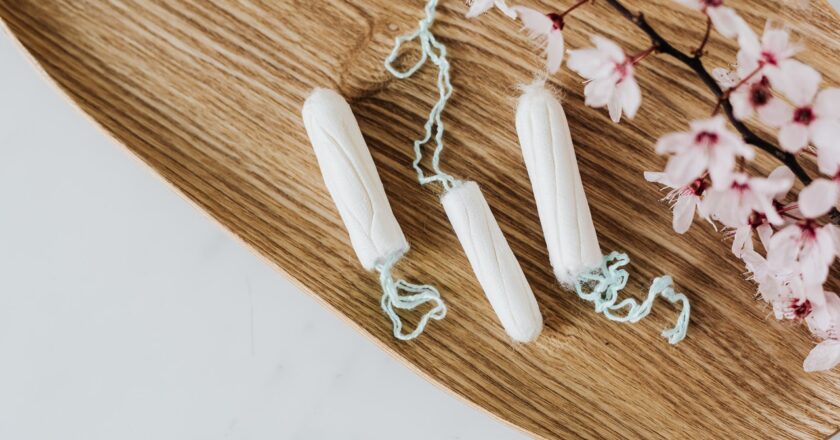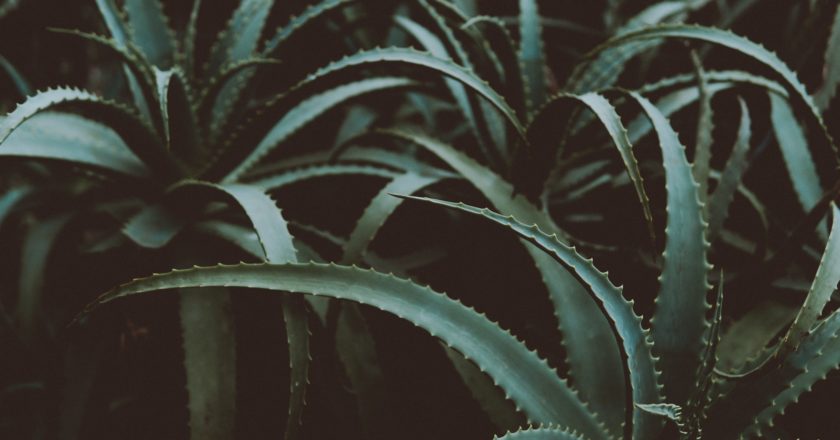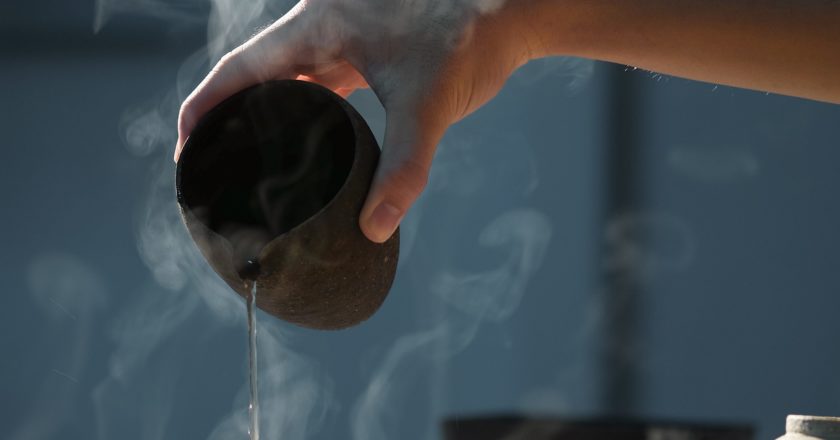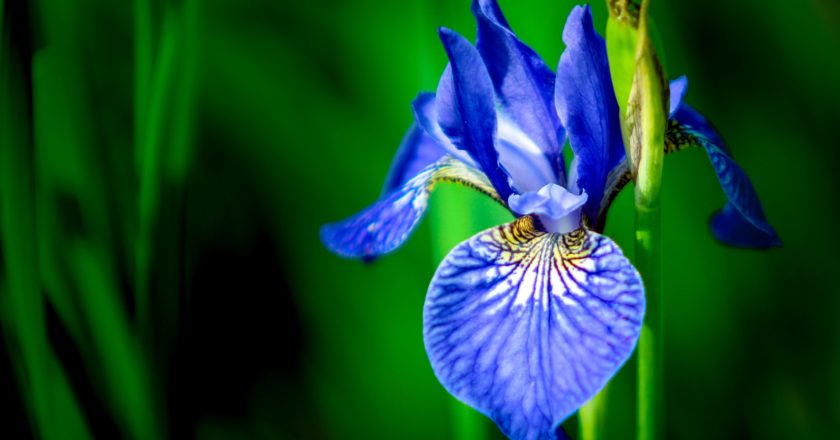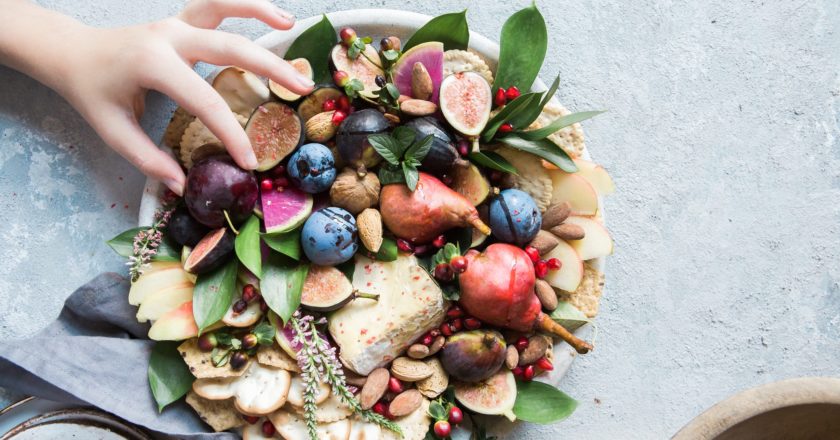Ayurvedic medicine is based on the belief that the world is made up of 5 elements: ether, water, earth, fire and air. A combination of each element results in 3 energies, known as “doshas“: Vata, Pitta and Kapha.
As well as the elements, also the doshas can be found in everyone and everything, but in different proportions. The unique ratio of doshas within each of us, usually with one standing out more than the others, provides us with a personal blueprint for optimal health (or our constitution), and influences our individual physical, mental, and emotional traits.
An Ayurvedic practitioner can help you find out your personal ratio of dosha and give you more in depth information and advice about keep yourself health and balanced with diet, meditation, exercises, etc.
VATA
Vata is considered as the leader of the 3 doshas and the principle of mobility, as it consists mostly of ether and air. Because it governs all movements and activities, it is associated with breathing, heart beat, muscle contraction, communication (thoughtout mind and nervous system), creativity and flexibility.
Those with Vata as predominant dosha are usually described as slim, energetic, and creative. They’re known for thinking outside the box but can become easily distracted. Their mood is highly dependent on the weather, people around them, and foods they eat.
Strengths: learn quickly, highly creative, multitasker, kind-hearted, flexible, “on the go,” naturally slim.
Weaknesses: forgetful, anxious, unstable mood, can get overwhelmed easily, highly sensitive to the cold, has trouble sleeping, irregular appetite and eating patterns, prone to digestive issues and gas, poor circulation.
PITTA
Pitta represents the energy of transformation (neither mobile or stable, but “spreading”) and is associated with the fire and water element. This dosha relates to intelligence, understanding, and the digestion of foods, thoughts, emotions, and experiences.
Known for being associated with tenacious and strong personalities, people Pitta-dominant are said to be muscly, athletic and have leadership qualities. They’re highly motivated, goal-oriented, and competitive. Still, their aggressive and tenacious nature can lead to conflict.
Strengths: intelligent, purposeful, self-determined, masters skills easily, strong desire for success, strong, natural leaders, quick metabolism, good circulation, healthy skin and hair.
Weaknesses: impatient, prone to conflict, always hungry, mood swings when hungry, prone to acne and inflammation, sensitive to hot temperatures.
KAPHA
Kapha is based on earth and water and lends structure, solidity, and cohesiveness to all things. This dosha hydrates all cells and systems, lubricates the joints, moisturizes the skin, maintains immunity, and protects the tissues.
Kapha people are described as strong, thick-boned, and caring. They’re known for keeping things together and being a support system for others. Kapha-dominant people rarely get upset, think before acting, and go through life in a slow, deliberate manner.
Strengths: empathetic, caring, trusting, patient, calm, wise, happy, romantic, strong bones and joints, healthy immune system.
Weaknesses: prone to weight gain, slow metabolism, sluggishness, over-sleeping, breathing issues, mucus buildup, susceptible to depression, needs regular motivation and encouragement.
IMBALANCED DOSHAS
An imbalance dosha can cause all sort of problems, physically, mentally, emotionally and spiritually. How do we recognise when we have a bit of work to do on ourselves, and how we restore the inner equilibrium?
Imbalanced Vata
When in balance, the Vata person is lively and energetic. Dry skin and hair, cough, muscle spasm, tremors and ticks are some problems that one may face when Vata is imbalanced. Also, they tend to experience fear, anxiety, isolation, loneliness, and exhaustion, which can lead to both physical and energetic depletion, disrupting proper communication.
For optimal health, according to Ayurveda, a Vata-dominant person should follow a regular daily routine, manage stress through meditation and other activities that involve constant movement (like cycling, running, walking, tai chi, etc.).
High consumption of spicy and astringent foods contributes to Vata imbalance, so a diet with salty, sweet and sour tastes and warm, moist and easily digestible foods (such as broccoli, eggs, rice, wheat, avocado, yoghurt, melon, coconut, nuts, berries, soups and stews) is recommended.
Imbalanced Pitta
An imbalanced Pitta shows jealousy, criticism, anger and agitation, and may even cause inflammatory disorders such as ulcers and bowel disease.
Those with a Pitta-dominant people should focus on work-life balance and avoid extreme heat (e.g., weather, spicy food). Pitta balance can be restored with sweet, bitter and astringent tastes and heavy, cool foods (like sweet fruits, dairy products, oats and mint). Avoid sour fruits, red meat, potatoes, tomatoes, and eggplant.
Team sports are an excellent way to stay active while satisfying Pitta’s natural competitiveness. Also meditation, massages and inhaling cooling scents such as rose, mint and lavender can help relax the body.
Imbalanced Kapha
When out of balance, physically and mentally Kapha tends to invte stagnation and congestion in organs and in the mind. It triggers emotions of attachment, greed, and possessiveness and can also create stubbornness, lethargy, and resistance to change.
For good health, a Kapha-dominant person should focus on gentle exercises (better with a workout buddy!), an extra intake of fluids and keep a warm body temperature to maintain the energy flowing.
One of the major reasons for Kapha imbalance is excessive food consumption, and therefore a light, low-fat diet of bitter, pungent, and astringent tastes (such as strong spices, raw vegetables, ripe fruits, oats, rye, barley) is recommended.
